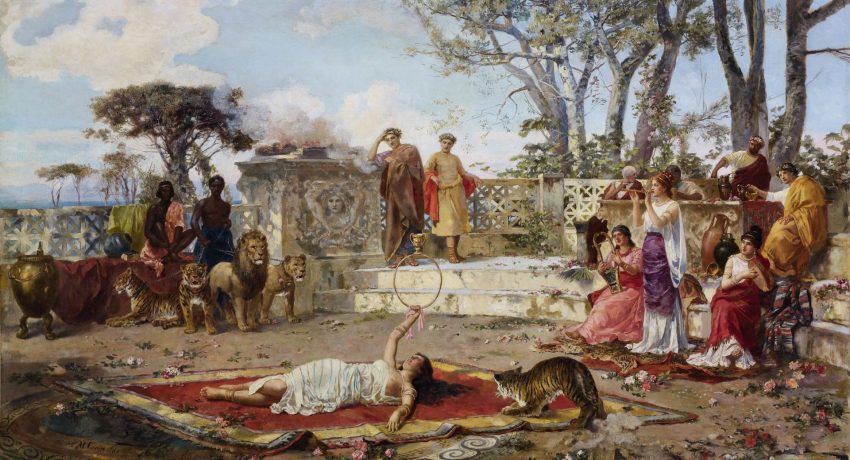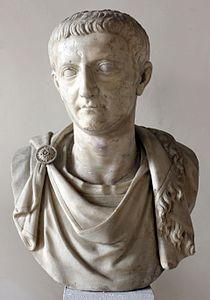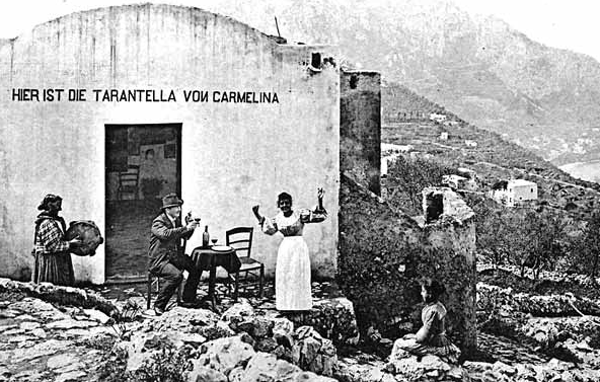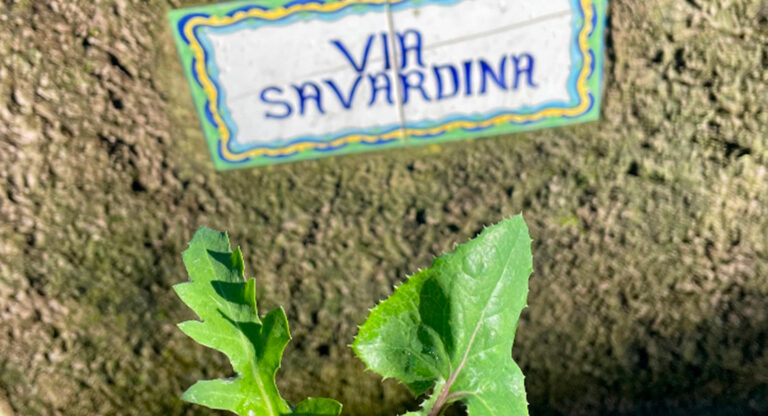

Tiberius was the second Roman emperor who chose to stay on Capri where he had as many as 12 villas built, including the one he favored because it was erected on one of the island’s highest promontories 334 meters above sea level called Villa Jovis.
Chronicles of the time tell of a ruler not particularly beloved by the people of Urbe, who due to great sorrow over the death of a son and tired of political discord chose to retire in the last years of his life to the island of Capri in 27 CE.
Tiberius was a rather controversial figure. Some historians describe him as having a depraved personality and so brutal that he gave rise to the legend that he was devoted to hurling, from the famous Leap of Tiberius, slaves and enemies who, if they even survived the ruinous fall, then found death at the hands of sailors who, on boats below the cliff, beat the unfortunates with oars or mauled them by harpooning them with hooks. Others, however, in the writer’s more enlightened opinion, report of a silent, solitude-loving man devoted to long walks on the high ground where Villa Jovis stood, his gaze lost in the splendid panorama of the sea and the Neapolitan coast.

During the long years that Tiberius spent on Capri he never neglected to attend to the government of his empire by having some of the most important state offices and his trusted men move to the island. And for that necessity he had the capacity of Villa Jovis, already half used as a fortress, enlarged, adding several lodgings and also cisterns for the recovery of rainwater.
In the last years of his life Tiberius tried to return to Rome at various times giving up each time except for the last one in which, although in poor health, he managed to get within a few miles of the city, but upset by a bad omen he decided to turn back. On the return voyage he had to stop at Misenum waiting for the fury of the sea to subside so that he could embark for Capri, but his deteriorating health led to his death on March 16, 37 CE. Although, chronicles of the time tell of his unexpected recovery after he had been given up for dead and Calligola had already been designated as his successor. The prefect Macrone, then, to obviate any complications gave orders for him to be suffocated in blankets. However, more recent studies credit his death to a natural event.
Several testimonies of Tiberius’ life on Capri remain, the most obvious of which are the clearly visible ruins of three of his grandiose dwellings: the aforementioned Villa Jovis, Villa Damecuta and Palazzo a Mare, and some traces of the period have also been found in the very famous Grotta Azzurra, which was apparently connected to one of the emperor’s many villas by a secret passageway and which he used as a marine nymphaeum and private pool.
However events have turned out, the figure of Emperor Tiberius will forever remain linked to Capri, falling squarely among those whose history and strong personalities have contributed to increasing the myth of the Blue Island.







Yet another, great satisfaction for the Da Tonino restaurant, which since 1993 has been giving

When attending an exhibition, a concert or even a private party, we generally do not

Mobility represents one of the most relevant challenges for modern cities today. There are realities

Preparations are underway for the new edition of That’s Amore Capri, an event that has

The past, present and future of Marina Piccola flow fast, like waves crashing on the

Sitting in the main dining room of La Capannina restaurant, pastel colors reminiscent of the
Power Up Capri-Roma – P.IVA: 09700821219 © 2022. All rights reserved. Design by Power Up Capri